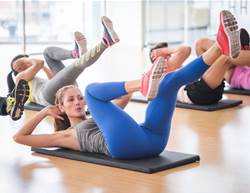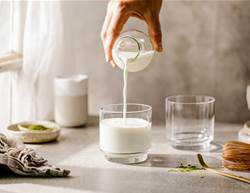Losing weight isn't easy. The FOMO at brunches and early morning workout sessions might have you wishing there was a magical number of kilojoules you need to eat each day to get that number on the scale to move. While that’s partially true — technically, consuming 2,000kJ (500cal) less each day translates to roughly half a kilo lost per week — your daily kilojoule count is highly individualised.
So how many kilojoules should you eat on average?
According to Australian guidelines, the average women should aim to consume 8,700kJ (2,000cal) per day. But your individual requirements can vary depending on your age, height, weight and physical activity level (try this calculator to see what your requirements are) .
However, it’s important to note that while you should be mindful of how many kilojoules you’re consuming, don’t let it rule your life, says dietitian Keri Gans. She believes that when it comes to losing weight, it’s more effective to learn what types of foods you should be getting those kilojoules from, how much of them you should have, and when you should be noshing in order to healthfully lose weight.
“I don’t even discuss kilojoules with my clients because I don’t want them to focus on a number. Instead, I want them to focus on how to build a healthy plate because if you do it the right way, your kilojoule count will be where it should be naturally,” says Gans.
But if you really want to keep track and get advice on how to shed kilos healthily, consider visiting a dietitian. That said, being mindful of your kilojoule intake begins with evaluating your meals. Follow these meal prepping tips from Gans to help shed unwanted kilos and ensure you’re getting the right nutrients.
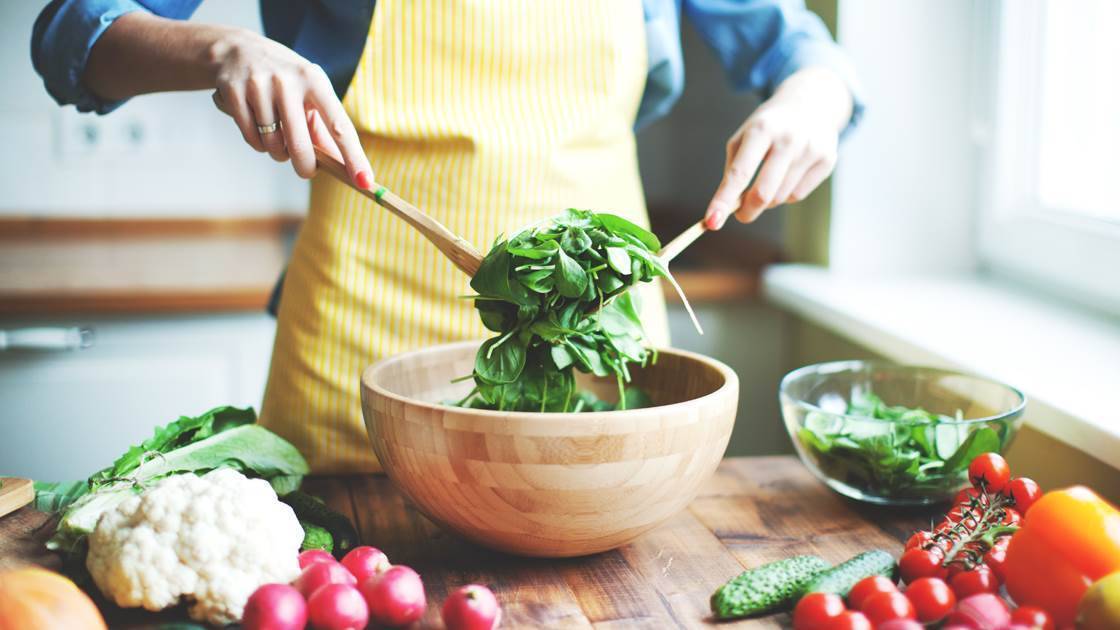
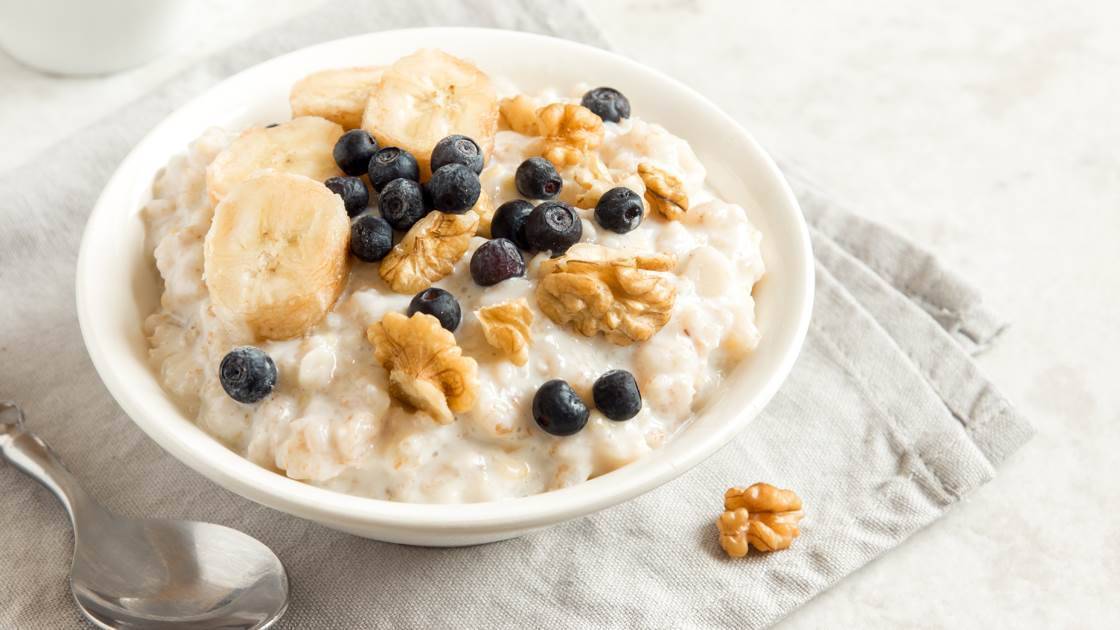

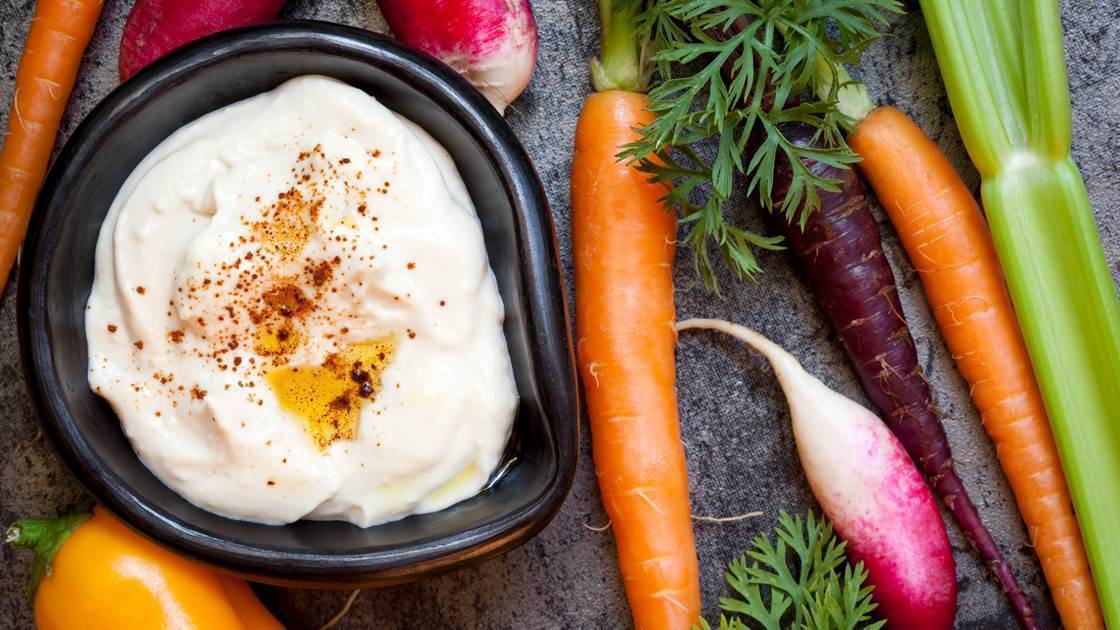

Revamp your dinnertime routine
“I like to start with dinner because it’s the easiest meal to change,” says Gans. Make it a habit to include a mixed green salad with a simple oil or vinegar dressing at most meals - all those raw veggies will start filling you up off the bat so you don’t feel the urge to eat as much.
The next step is reorganise your plate: 1/2 should be filled with vegetables, 1/4 with a lean protein, and 1/4 a carb. Then, take a closer look at the details of that plate. Opt for a lean protein, like chicken or fish, on most days of the week and eat red meat sparingly, and be sure to choose preparation methods like grilling or baking over unhealthier ones like frying. Pick a whole grain like brown rice or quinoa, or healthy starches like sweet potato.
Make breakfast a priority
Whoever coined the phrase, “breakfast is the most important meal of the day” was on to something. “Anecdotally, people who eat breakfast are more likely to make better food choices throughout the day. They started out on the right foot, so they often want to continue that way all day,” says Gans.
Choose a meal that contains protein and fibre, which will keep you full until lunch. Some good options are eggs with whole-grain toast, porridge, yoghurt, or a high-fibre, low-sugar cereal. If you’re a coffee person, be mindful of your add-ins by limiting sugar, sweeteners and milk. Instead, choose low-fat milk or an unsweetened nut milk of your choice.
Don't forget to enjoy lunch
Everyone knows how important it is to eat breakfast and dinner, but lunch often takes the backseat. Most people are either eating their lunch in front of their computer or skipping the meal entirely due to busy schedules. But taking time to sit down and eat your lunch is crucial to your weight-loss goals. It not only keeps your blood sugar levels stabilised throughout the day, but it also helps you avoid overeating at dinnertime.
Salads are always a great lunch choice, but just because you’re digging into a big bowl of greens doesn’t mean any topping goes. “Salads you order out are often too big, so you want to be sure your salad is built appropriately when it comes to the ingredients,” says Gans. Rules to remember:
- Don’t double up on fat or the protein. Choose a small portion of nuts, cheese, or avocado - not all three - and either a lean meat, like grilled chicken, or hard-boiled eggs, but not both.
- Load up on veggies. Feel free to pile on as many raw veggies as you’d like. They’re filled with fibre to keep you full, and they’re low in kilojoules, so you’ll naturally be cutting back.
- Have salad dressing on the side. This gives you control over how much you use, which you don’t have when most lunch places will pour it in and mix it up for you. Many salad dressings, especially the creamy ones, can be fat-laden, sodium-saturated kilojoule bombs.
Curb your snacking
It’s perfectly OK to snack, but aim to keep it under 600kJ (150cal). Otherwise your snack becomes an extra mini meal, which translates into excess kilojoules, says Gans. Pro tip: Try packing healthy options like nuts, a piece of fruit, veggie sticks, or a cup of yoghurt or cottage cheese, for the office so you’ll be less tempted to raid the vending machine.
Mind your beverages
Staying hydrated with water or sparkling water is key, since dehydration can often masquerade as hunger, causing you to eat more than you should. Avoid sugary drinks and try to stick to no more than one alcoholic beverage a day, says Gans. The mixers in cocktails tend to be loaded with sugar, which can rack up your daily kilojoule count.






.jpg&h=193&w=250&c=1&s=1)
